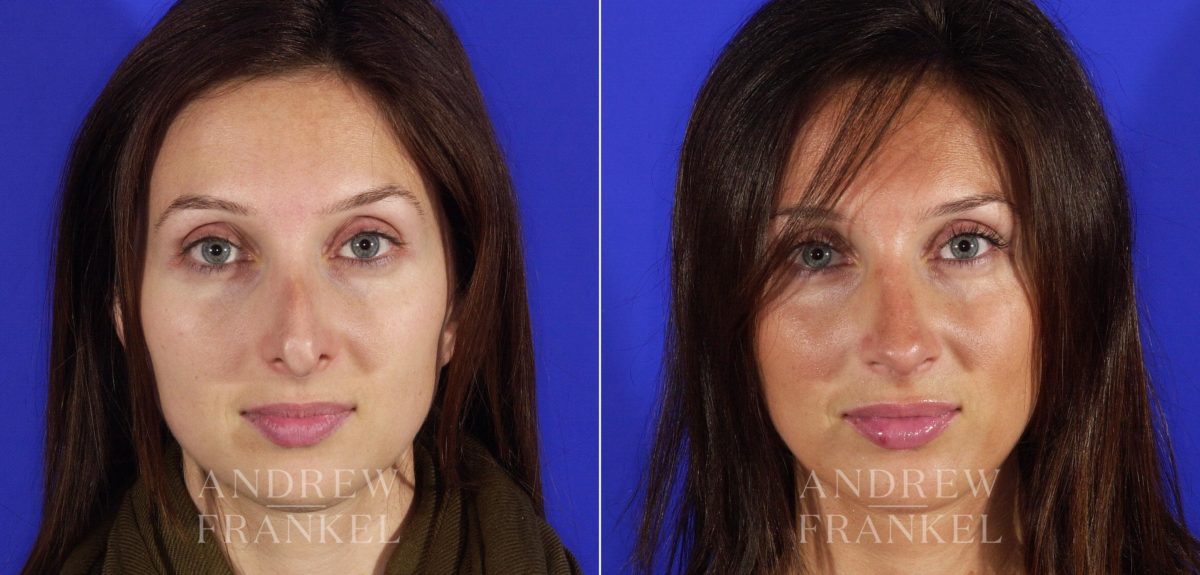Revision Rhinoplasty Beverly Hills, CA
Revision rhinoplasty is a unique and specialized operation that involves correcting aesthetic and functional issues that persist despite of, or because of, prior nasal surgery. Revision rhinoplasty is the most challenging of all plastic surgical operations, and a successful outcome requires a very experienced plastic surgeon who has a passion for this type of work.
Serving the Beverly Hills community for over a decade, Dr. Frankel is renowned for his artistic approach to natural-looking rhinoplasty results, expertly addressing issues from prior nose jobs.
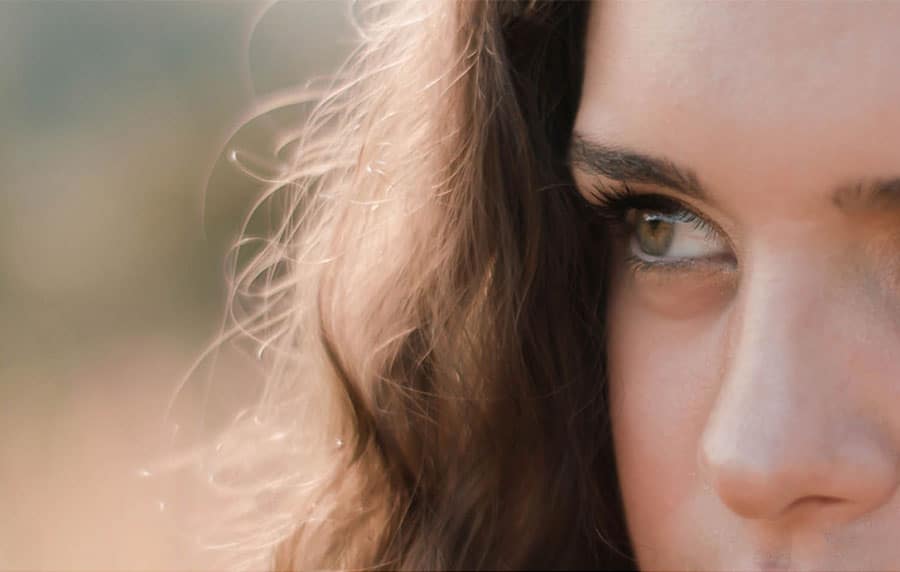
The Importance of Choosing a Specialist for Your Revision Rhinoplasty in BEVERLY HILLS
Choosing a specialist for revision rhinoplasty is crucial due to the procedure’s complexity. Unlike primary rhinoplasty, revision cases require advanced skills to correct prior alterations and manage scar tissue. A specialist brings extensive experience in navigating these complexities, ensuring a more precise and tailored approach. They possess a deep understanding of nasal anatomy and the unique challenges posed by secondary surgeries.
This expertise is vital for achieving desired aesthetic and functional outcomes while minimizing risks. Opting for a specialist in revision rhinoplasty significantly enhances the likelihood of a successful, satisfying result, making this choice a pivotal step in your surgical journey.
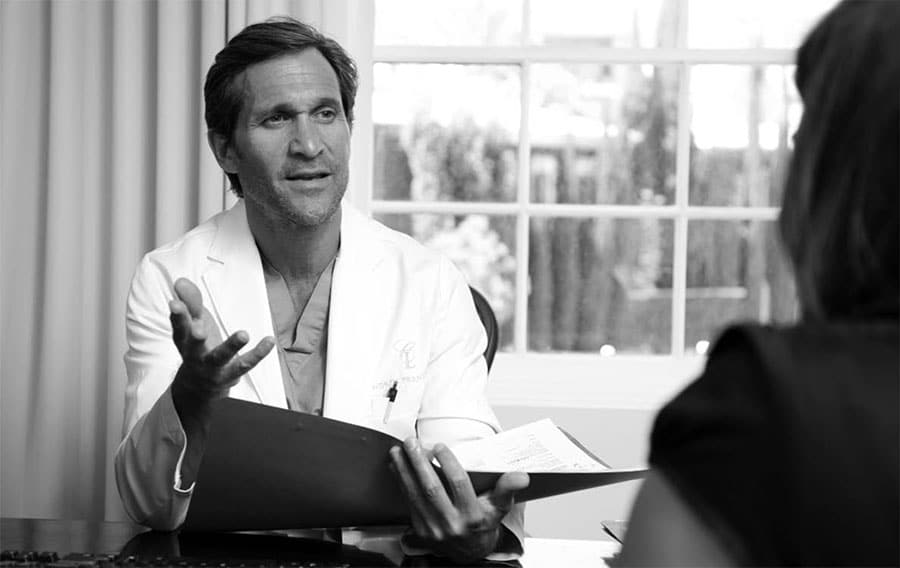
Revision Rhinoplasty in Beverly Hills: Consultation and Planning
Patients have different reasons for a second rhinoplasty. Dr. Frankel understands what a big step it is to undergo a revision rhinoplasty and he does his best to set expectations and to inform his patients of his detailed surgical plan. After solving the common question of how long to wait for revision rhinoplasty, he invests the time to learn a complete history, review prior operative reports, evaluate the inside and outside of the nose, and take digital images. It is essential to determine if the patient has thin or thick skin in revision rhinoplasty.
Dr. Frankel will discuss the cosmetic procedures, surgical techniques, and functional expectations of your rhinoplasty in detail to ensure all your questions are answered. Pre-operative computer imaging, or “photo-morphing,” is performed with all rhinoplasty patients before surgery, so they may have an active role in determining the desired outcome.
Embarking on a revision rhinoplasty journey can be filled with uncertainties. Dr. Frankel dedicates time to address your specific concerns during the consultation. He will guide you through what to expect during the revision process, focusing on how his approach is tailored to correct previous surgeries and achieve your desired outcomes. This session is designed to align your expectations with realistic possibilities, ensuring you feel informed and confident in your decision.
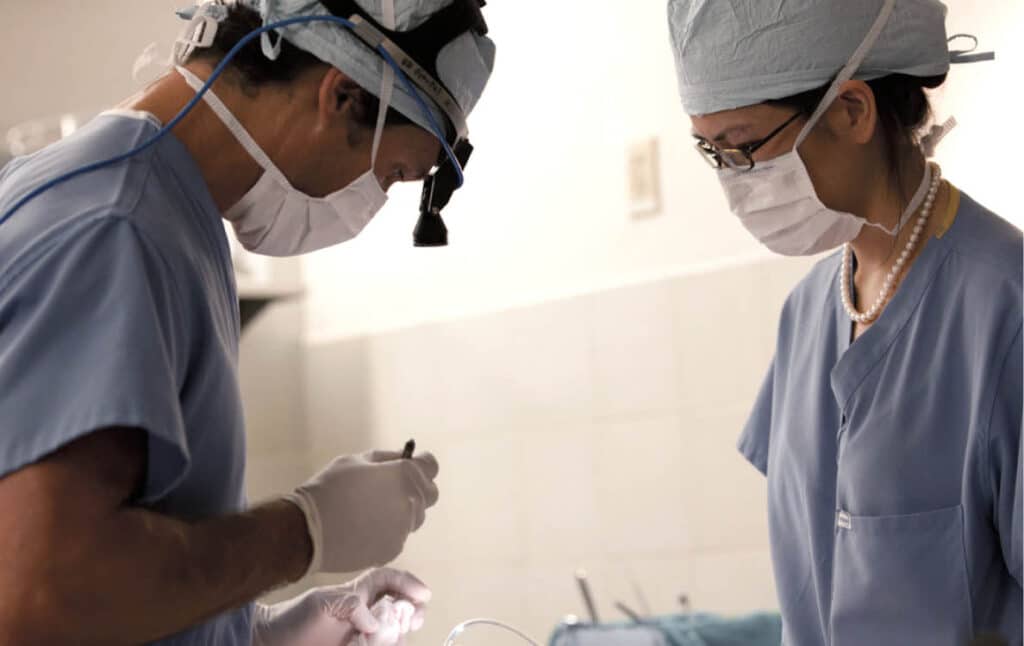
The Revision Rhinoplasty procedure in Beverly Hills
The surgery is performed at the Lasky Clinic Surgical Center under twilight anesthesia. All plastic surgery procedures can vary widely depending on patient goals and how much scar tissue and distortion of the underlying anatomy is present. Revision rhinoplasty cases often require grafting cartilage to reestablish structure and to replace cartilage that has previously been removed or weakened.
Both open and closed approaches are utilized, depending on the situation, the use of cartilage graft, and the patient’s anatomy, and will be discussed with Dr. Frankel before surgery.
Dr. Andrew Frankel is renowned for his expertise in revision rhinoplasty, offering personalized and advanced solutions for individuals seeking to correct outcomes from previous nose surgeries. With a deep understanding of the nuances involved in correcting previous nose jobs, Dr. Frankel’s approach is tailored to meet the unique challenges each patient presents. His proficiency in advanced revision nose surgery ensures that patients receive the highest standard of care and achieve the best possible results.
Revision Rhinoplasty Procedure
Preparing for Revision Rhinoplasty IN BEVERLY HILLS

Preoperative Revision Rhinoplasty Requirements
The doctor is thorough and places patient safety as his top priority while carrying out a treatment plan, which is why he has set a standard for preoperative requirements. Dr. Frankel requests that each patient have blood work done, and his staff can facilitate a quick workup to be delivered directly to his office. In addition, patients 45 years of age or older must be medically cleared for nose job through a physical examination, an EKG, and an assessment of their medical history. Patients who are 65 years of age or older have the additional requirement of having x-rays performed.

Schedule the revision rhinoplasty procedure
After a patient is deemed medically healthy and able to undergo revision rhinoplasty, they can schedule the procedure. If a patient plans to travel to Beverly Hills, he or she can schedule a time to speak with the staff at Dr. Frankel’s office to learn more about local accommodations, which can also be found on the concierge services page. In addition to booking a comfortable place to stay in California, one must plan to take time off of work and other events during the healing period. Local patients should have someone accompany them to surgery and must plan to recuperate away from work and other daily activities.

Recovery Instructions after a revision rhinoplasty procedure
A week or so before the actual procedure, revision rhinoplasty patients should prepare for their recovery. All prescription medications written by Dr. Frankel should be filled, and other necessities for the healing process purchased. These items may vary from one patient to the next but often include a lightweight ice pack, saline nasal solution, and ways to entertain oneself while laid up. In addition to this, the patient should clean their home, or at least their recovery area. Clean bedding and extra pillows are essential to postoperative healing.
What to expect on the day of revision rhinoplasty surgery in Beverly hills

Revision Rhinoplasty Anesthesia
The majority of all operations that Dr. Frankel performs will be under the direction of a board-certified anesthesiologist, and involve twilight anesthesia without the need for a breathing tube, ventilator or paralysis.
Even in surgeries taking several hours, the anesthetic is well tolerated and patients wake up quickly feeling very good. The entire experience is enhanced.

Day of Surgery
The first one to two hours after rhinoplasty are spent in the recovery room on monitors and under the care of a registered nurse.
Patients are transferred to private rooms once they are more awake, where their families or friends can join them. Once fully alert, patients will be able to return home with a set of post-operative instructions.

Pain management
Rhinoplasty is not typically very painful, and most patients experience more discomfort than pain, particularly immediately after surgery while the local anesthesia is still working.
While recovering at the clinic, patients may receive intravenous medications to stem any acute pain. Patients are discharged from the clinic with their prescribed medications.

Emotions management
You will likely feel a variety of different emotions before your nose job: excitement, anxiety, fear, etc. It is normal to have some apprehension before any operation, and in particular one that will change your appearance.
If you are questioning things, Dr. Frankel suggests that you trust yourself and the time and effort you spent making the decision to have surgery and choosing the best doctor.
What to expect after revision rhinoplasty in beverly hills

Swelling Post Operation
Following surgery, a splint will be placed on the nose, both for protection and to help it maintain its new shape. The nose will be moderately swollen and stuffy for several weeks, and the remainder of the swelling will gradually resolve over the course of the next six to eighteen months.

Hydration of your nose
Sleeping with a humidifier can be helpful for the first two weeks after surgery. Once Dr. Frankel gives the go-ahead, use a nasal saline spray to help keep the inside of your nose moist. Using a saline spray will minimize crusting in your nose and will make breathing easier.

Rest and exercise post-surgery
Rest for the week after surgery and avoid excessive smiling or bending over. Most patients can drive a car and return to work and social activities after eight days. Avoid strenuous/extreme physical exercise for three weeks, and contact sports should be avoided for eight weeks.

Average recovery time
Every patient heals differently but your surgeon will tell you how to avoid rhinoplasty mistakes during your recovery. If you notice that a particular behavior or activity is causing swelling, do your best to avoid that activity until you have healed. Physical recovery from the nose job is fairly quick, but the nose will not achieve its final form for well over a year.
beverly hills Revision Rhinoplasty Photos
*Each patient is unique and individual results may vary.
Beverly Hills Revision Rhinoplasty Candidates

Unexpected outcome after revision rhinoplasty
After a patient has fully healed from rhinoplasty surgery, he or she may feel that the primary surgery did not meet initial expectations. When the aesthetics of the nose disappoint a patient, they may ask their original plastic surgeon for a redo, or visit a specialist revision rhinoplasty surgeon like Dr. Andrew Frankel to improve the shape of the nose. Dated surgical practices or inexperienced doctors can create a less-than-pleasing final result with poor or inadequate cosmetic corrections. In other instances, the patient may not have fully explained their goals for the surgical plan outcome, and therefore feel dissatisfied with the final result. When doctor and patient expectations do not fully align, a revision or secondary rhinoplasty may remedy a previous primary surgery.

Healing Complications post-surgery
After rhinoplasty surgery, a patient may feel that the nose is more swollen or discolored, or feels more painful, than expected from details discussed during the consultation with Dr. Frankel. These symptoms can signal infection or an issue with the healing process. Any trauma to the nose following primary surgery can also create a flawed recovery period where the nose may need additional surgical correction. Revision rhinoplasty can treat issues such as an overabundance of scar tissue or a collapsed septum that interferes with regular breathing. Other issues such as irritation and soreness may be addressed with prescription medications, such as those for anti-inflammatory and antibiotic purposes.
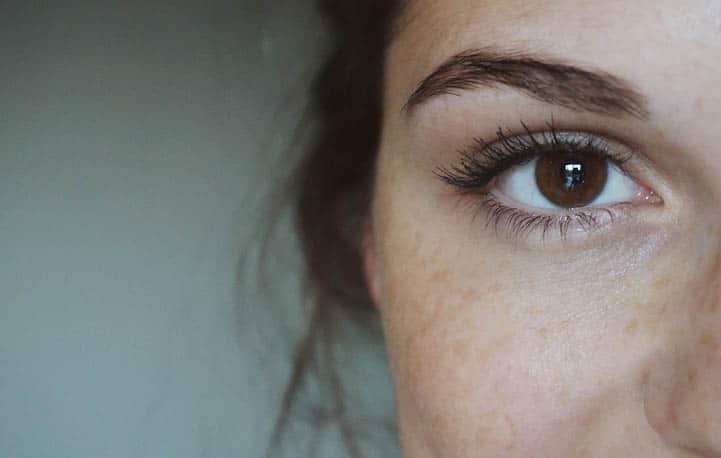
Different Aesthetic Ideals
Most patients seeking rhinoplasty have a specific vision of how they would like their nose to look. It is through photo imaging that patients have the ability to see a potential final result of rhinoplasty before they undergo the surgery. Careful planning in addition to this demonstration leads to the success in many patient plastic surgery procedures; however, some may feel differently about their surgical plan once the results of a nose surgery have healed.
Revision rhinoplasty can be performed when one wishes to change the look of the nose for a second time.
This measure is taken to ensure patient satisfaction, but numerous surgeries to the nose for cosmetic purposes can be an indication of a serious psychological disorder.
First-time considering rhinoplasty? Discover our primary rhinoplasty services.
REVISION RHINOPLASTY Beverly hills Testimonials
Revision Rhinoplasty Case Studies
Revision Rhinoplasty Case Study #1
After two prior surgeries, this lovely woman consulted with me to correct her disfigured nasal tip that was making her feel self-conscious. Her previous surgeon used a rib graft that needed to be removed and repurposed.
In addition, there was very little of her G-d given nasal anatomy remaining paired with a great deal of scar tissue. Although it was technically challenging, I was able to deliver a pretty, balanced, and natural looking nose that helped to restore her confidence.
For more before and after pictures of this patient, click here.
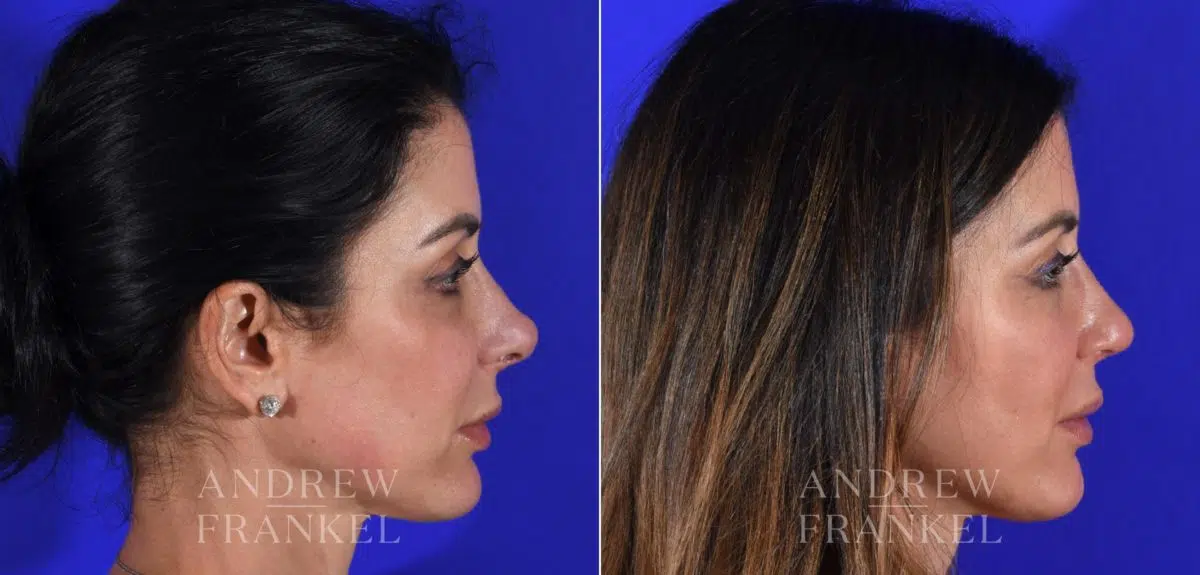

Revision Rhinoplasty Case Study #2
This attractive woman had undergone a prior rhinoplasty and felt that her nostrils were too exposed and asymmetric and her tip looked unnatural.
All was corrected via an open technique involving finesse maneuvers to her tip cartilages. You can view a diagram of her procedure here.
For more before and after pictures of this patient, click here.
Revision Rhinoplasty Case Study #3
This pretty patient of mine had a rhinoplasty when she was younger and was self conscious about it. Although it was ‘cute’, she felt it looked too short and turned up for her taste and that it made her look ‘fake’.
I performed a revision rhinoplasty with cartilage harvested from her chest wall to lengthen her nose and counter rotate her tip. The effect is a more natural appearing nose that does not jump out as having been ‘done’ and her breathing improved as well.
For more before and after pictures of this patient, click here.
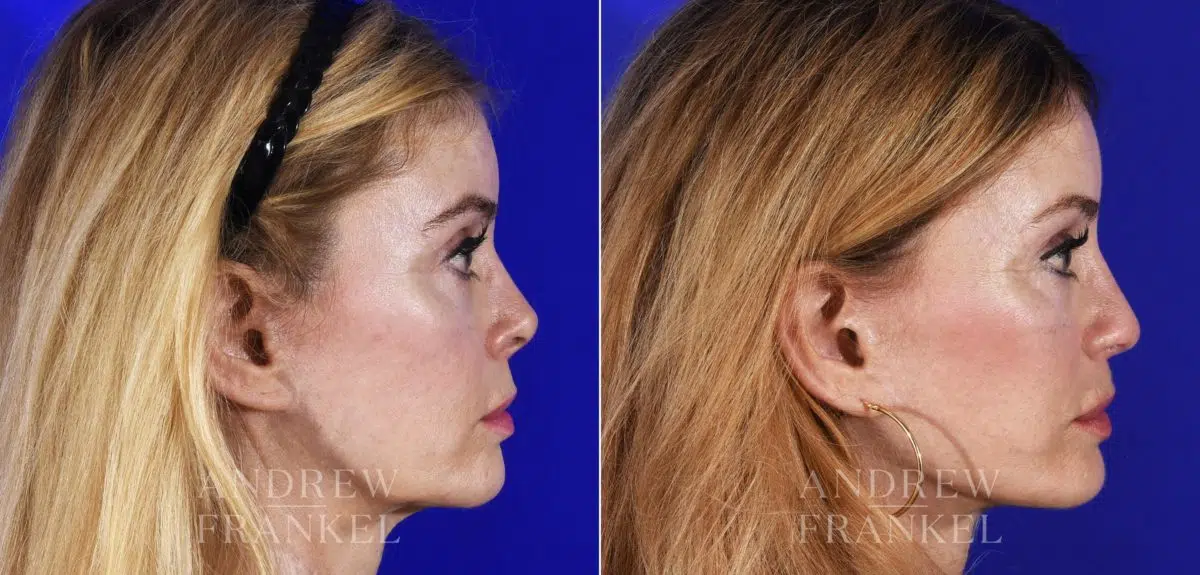
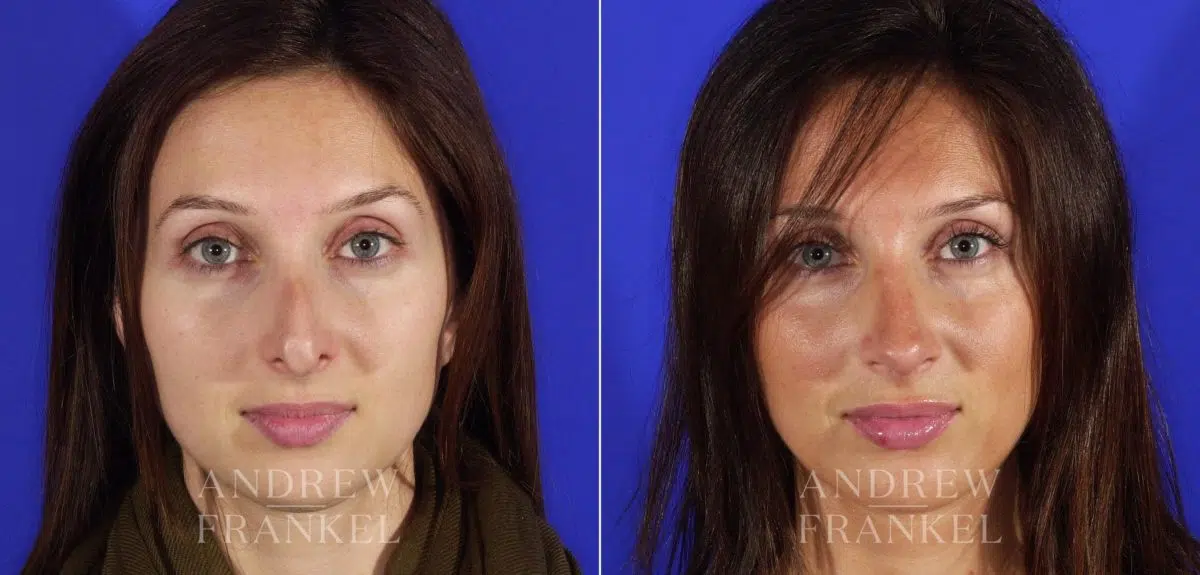
Revision Rhinoplasty Case Study #4
This young woman had injured her nose in two separate accidents and undergone two prior nasal surgeries. Despite her large nose she was unable to breathe and she was unhappy with the disfigured appearance of her nasal tip.
She underwent a reconstructive revision rhinoplasty as well as a small chin augmentation to help balance out her features. You can view a diagram of her procedure here and here.
For more before and after pictures of this patient, click here.
